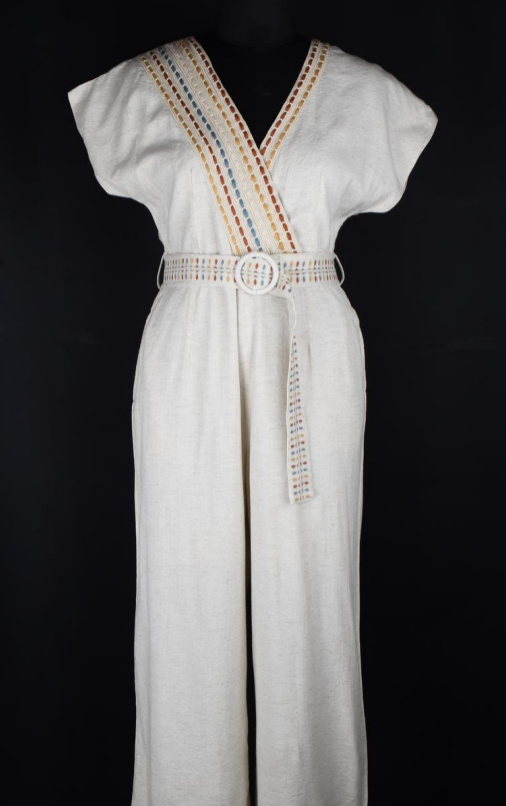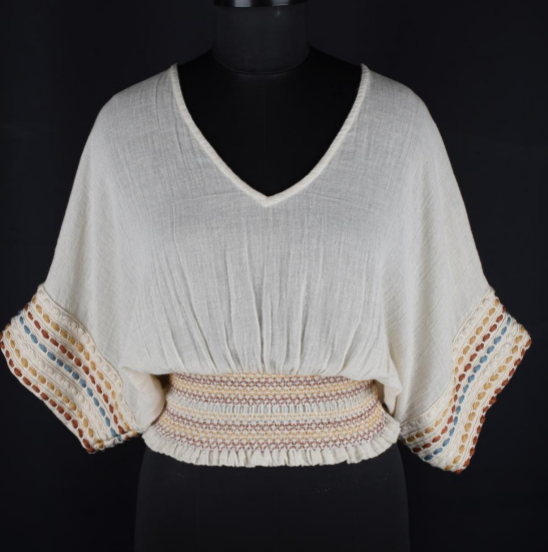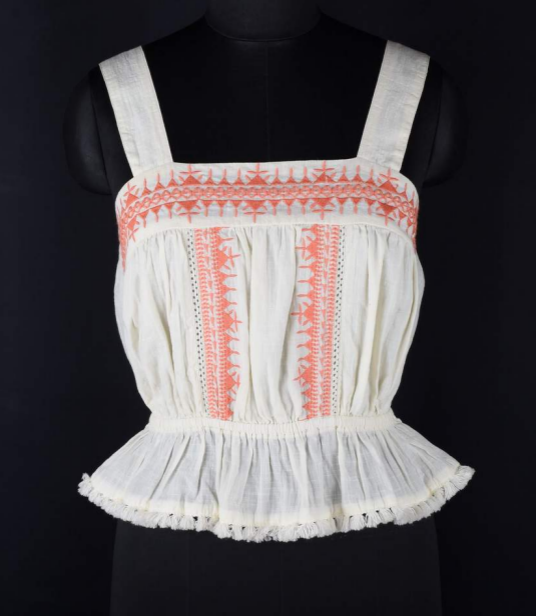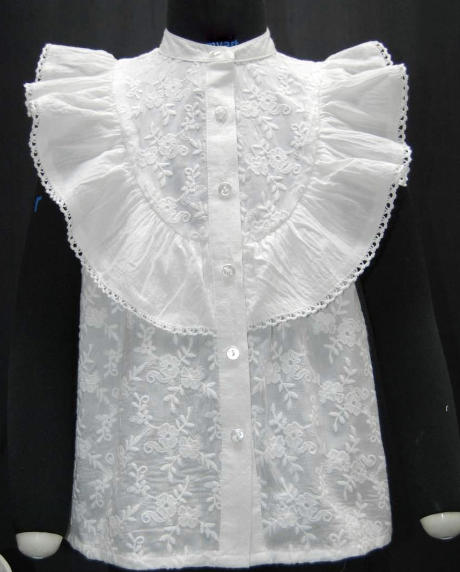How Does Technology Influence Women’s Wear Manufacturing?

With every decade, technology is transforming industries with the advent of new tools, smart devices, and automated machinery. And this impact can be significantly seen on cloth manufacturing as well. From 3D printing to computerized sewing accuracy, the latest innovations have created more possibilities for improving women’s wear manufacturing processes. Additionally, the implementation of the latest applications allows manufacturers to face fewer rejections and increase higher quality productions. But what are the specific areas in women’s wear manufacturing where technology has the biggest impact? Let’s find out.
Understanding The Impact of Technology in Women’s Wear Manufacturing
Technology has revolutionized the clothes manufacturing industry, from the design stage to the final product and even the way consumers interact with clothing.
Sustainability and Production
One of the most significant impacts of technology is on sustainability. Innovative materials, such as recycled polyester and organic cotton, are being developed to reduce the industry's environmental footprint. Additionally, advanced production techniques like 3D printing minimize waste by creating garments layer by layer without the need for excess fabric or cutting. This technology also allows for greater customization, as designs can be adjusted digitally before production.
Virtual Fashion and Augmented Reality
The digital realm has opened new avenues for fashion. Virtual clothing in women’s wear, created using computer-generated imagery, is becoming increasingly popular in gaming, movies, and social media. These digital garments can also be sold as non-fungible tokens (NFTs). Augmented reality (AR) technology is transforming the shopping experience by allowing consumers to virtually try on clothes, reducing returns and improving customer satisfaction.
Improved Fit and Efficiency
3D body scanning is a game-changer for women's wear manufacturing. By capturing precise measurements of clients, apparel manufacturers can create garments that fit a wider range of body types more accurately. This reduces the need for multiple fittings and returns, improving efficiency and customer satisfaction. Moreover, automation has also streamlined the production process. Machines can now perform tasks like cutting, sewing, and buttonholing with greater speed and precision than manual labour. This not only reduces production costs but also improves consistency and quality.
Data-Driven Decision Making
Real-time data analysis is essential for modern fashion brands. By tracking sales, inventory, and customer preferences, companies can make informed decisions about design, production, and marketing. This data-driven approach helps to minimize waste, optimize production, and meet consumer demands more effectively. Overall, technology is driving significant changes for women’s wear manufacturers, fostering sustainability, enhancing the customer experience, and increasing efficiency.
Top Technologies Applied to Women’s Wear Manufacturing
Fashion has evolved from mere aesthetics to incorporating practical benefits through technological advancements.
Performance Fabrics
-
UV Protection: Developed initially for athletes, fabrics with high UPF ratings now cater to a broader audience. These textiles shield the skin from harmful UV rays without compromising comfort or style.
-
Antibacterial Fabrics: Designed to inhibit bacterial growth, these fabrics are ideal for moisture-prone garments like sportswear, underwear, and swimwear. They promote hygiene and freshness.
-
Flame-Resistant Fabrics: Essential for professions exposed to fire or electrical hazards, these fabrics prevent fire spread and offer protection. They are engineered to be both functional and visually appealing.
-
Waterproof Fabrics: Combining functionality with fashion, waterproof fabrics repel water while maintaining softness and comfort. This technology ensures garments remain stylish and dry in various weather conditions.
Production Innovations
-
3D Printing: This technology is revolutionizing the fashion industry by offering faster, more customized production. It reduces material waste and enables the creation of complex designs.
-
Sustainable Washing: Traditional dyeing processes often involve harmful chemicals. Technological advancements in washing techniques aim to reduce water consumption and eliminate toxic residues, promoting environmental responsibility.
-
Wearable Technology: Garments are being integrated with sensors and electronics to monitor vital signs, track fitness, or even control devices. This convergence of fashion and technology is creating a new wave of smart apparel.
By merging fashion with technology, the industry is creating garments that not only look good but also enhance women’s comfort and protect the environment.
Conclusion
Technology has undeniably transformed the women's wear manufacturing landscape. The future of women's wear manufacturing lies in the seamless integration of technology and human expertise. By embracing these advancements, the fashion industry can enhance product quality, reduce waste, and deliver exceptional value to consumers. You can learn more about the technological advancements used in women’s wear manufacturing by working with top manufacturers and exporters like CheerSagar. You can check out their website to learn more about their services and experience and work with them today.
Related Blog
Difference Between Indian And American Sizing Guides
People come in different shapes and sizes across the world. If you compare the height and build of people...
5 Tips For Finding High-Quality Surplus Women’s Wear
Surplus clothing is a great way for shop owners to create a catalogue of branded products that are available at...
How To Take Your Nightwear Exports To The Next Level With Packaging & Presentation?
The quality of your clothes is the most important factor that helps your products stand out in foreign markets. However,...




